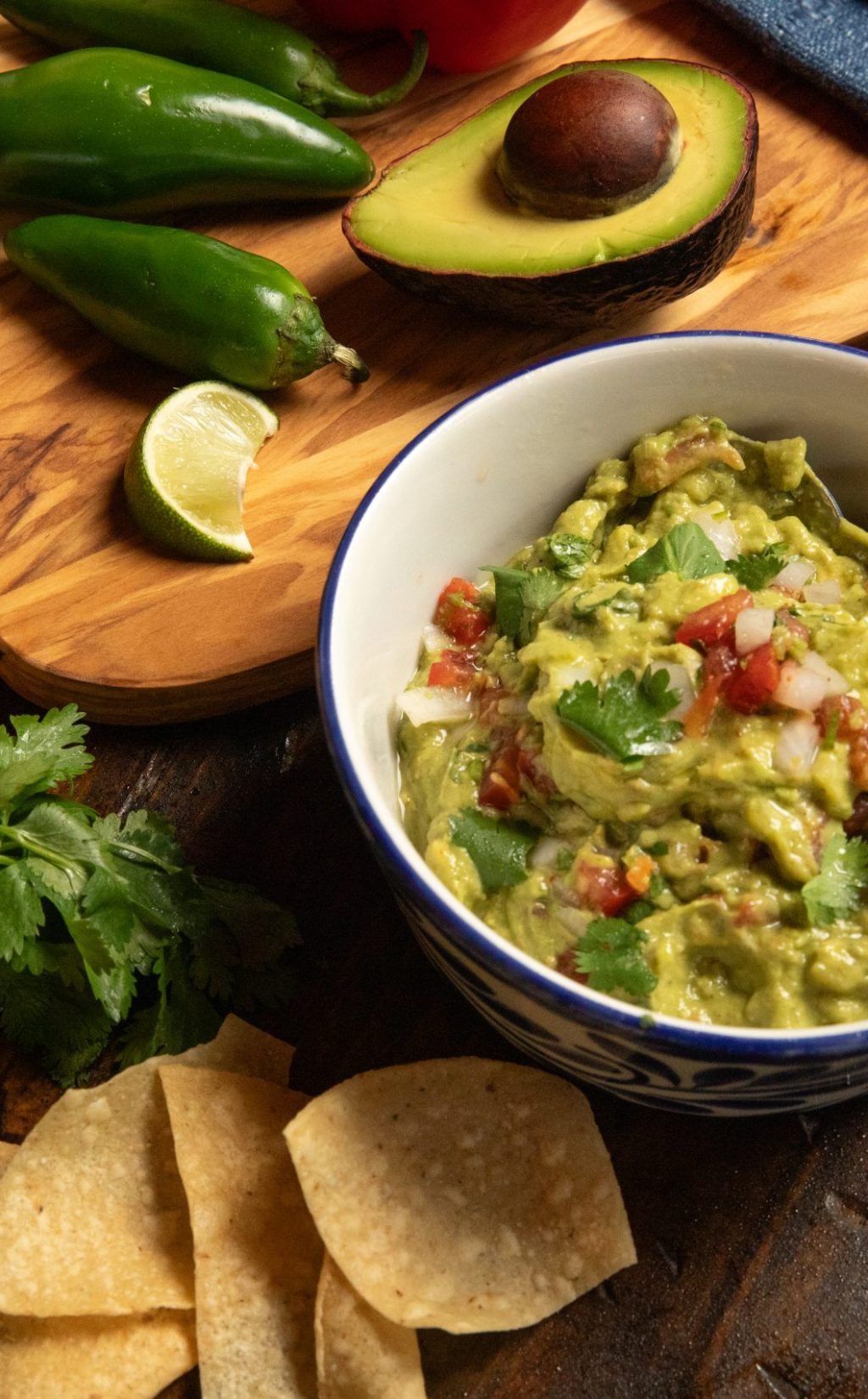
Today, Mexico stands out as one of the rare nations with its cuisine recognized as a “UNESCO Intangible Cultural Heritage.” The distinctiveness of Mexico’s cuisine can be attributed to the country’s vastness and its historical colonial and immigrant influences.
History of Some of Our Favorite Foods
Salsa traded in the Aztec markets. The Spanish term for sauce, salsa can be uncooked, pureed until chunky, smooth, or chopped. Today’s salsa typically includes large red tomatoes, tomatillos, chipotle (a key Aztec diet element), and avocado – the same core ingredients as in the past. Credit to the Aztecs for introducing chocolate, which the Spaniards spread to Europe in 1657.
Guacamole is a versatile Mexican food that originates with the Aztecs in the 1500s. Additionally, the Aztecs called it ahuacamolli, which is a combination of ahucatl (avocado) and molli (sauce). They mashed avocados with a mortar and pestle, then added tomatoes, chilis and salt to enjoy with tortillas.
The first known mention of enchiladas in the U.S. dates back to 1885, but the idea of using tortillas as wraps originated with the Aztecs. “Enchilada” translates to “in chile.” Some foods associated with Mexican cuisine have different origins.
Flan originates in Medieval Europe, and ceviche is an Incan dish, with raw fish seasoned lightly, a practice that Native American chefs in Ecuador and Peru enhanced in the late 15th century by adding citrus fruits.

Ingredients Still Incorporated in Dishes Today
Portuguese aid facilitated the spread of chili pepper plants. The earliest documented mention was in 1542 by German herbalist Leonhart Fuchs. While Europeans encountered peppers in the late 15th century when Columbus brought them back, archaeological evidence suggests pepper usage as far back as 5000 BC.
The tomatillo, a fruit traced back to at least 800 BC, was domesticated by the Aztecs. The Europeans documented local foods in Mexico, often abbreviating names. Although not popular in Europe, tomatillos thrived in Italy and are now common in the U.S., providing tartness to various green sauces.
Mexican dishes continue to influence by flavors worldwide, and traditional Mexican favorites still influence menus in other countries. Across various cultures, you can find a touch of Mexico in many of the dishes you sample.


